How Often Should You Clean Your Chimney?
A clean chimney isn’t just about appearances—it’s about safety. Creosote buildup, soot, and debris can create fire hazards and reduce…
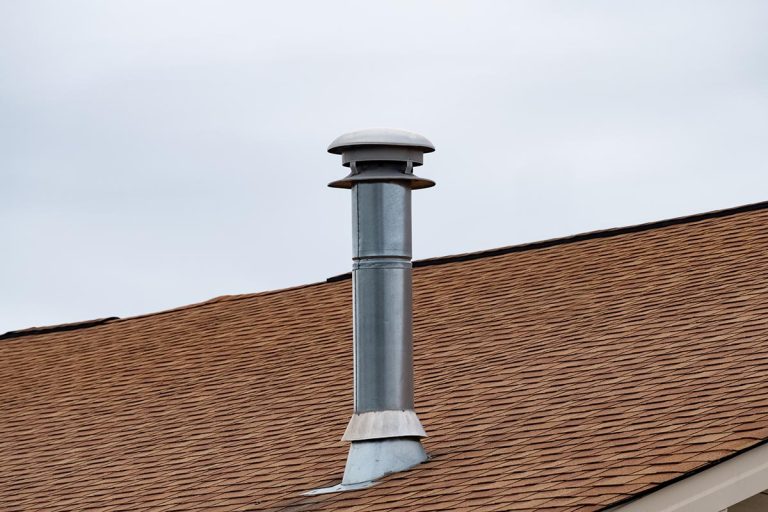
A clean chimney isn’t just about appearances—it’s about safety. Creosote buildup, soot, and debris can create fire hazards and reduce…
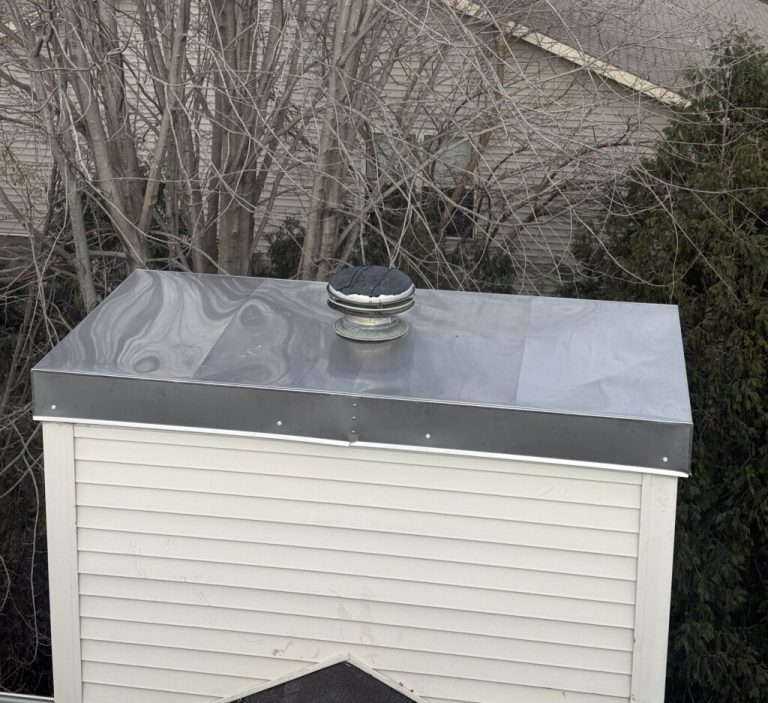
When it comes to building or upgrading chasetops, the choice of material can make a big difference in durability, maintenance,…
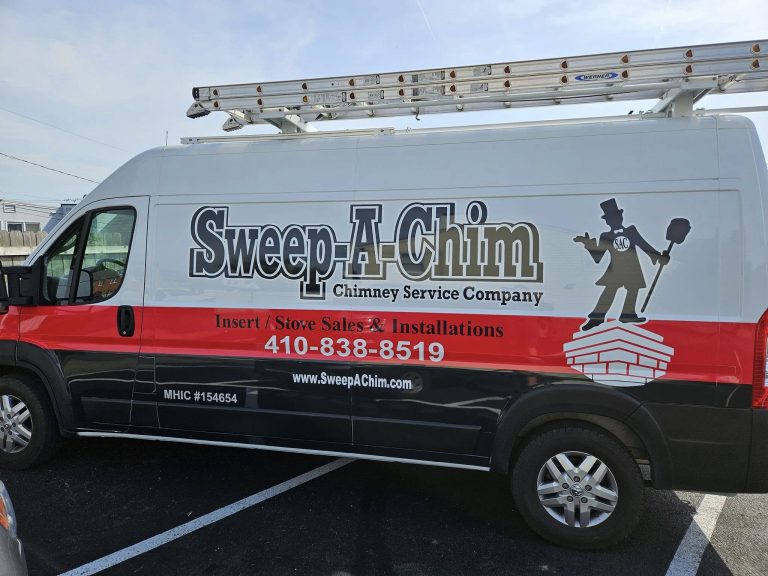
Maryland’s diverse climate—from snowy winters in the western mountains to humid summers along the Chesapeake Bay—places unique demands on home…
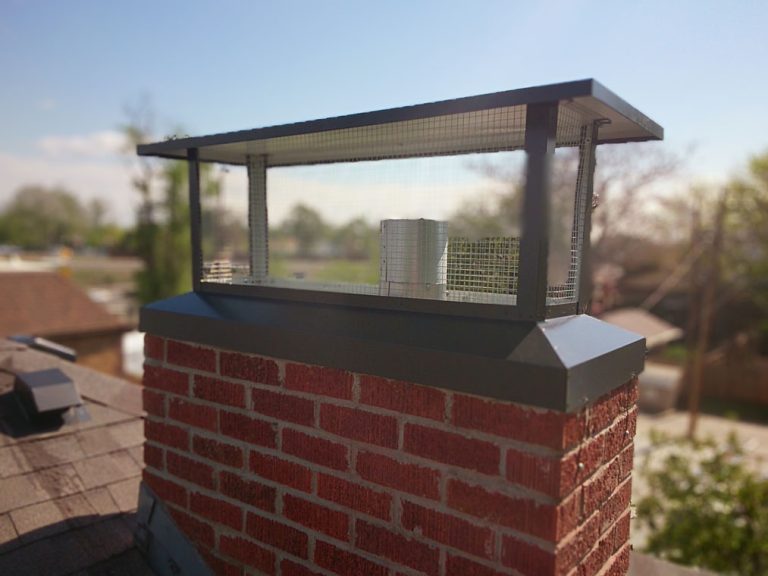
When most homeowners think about chimney care, they picture sweeping out soot or making sure smoke flows upward. But two…
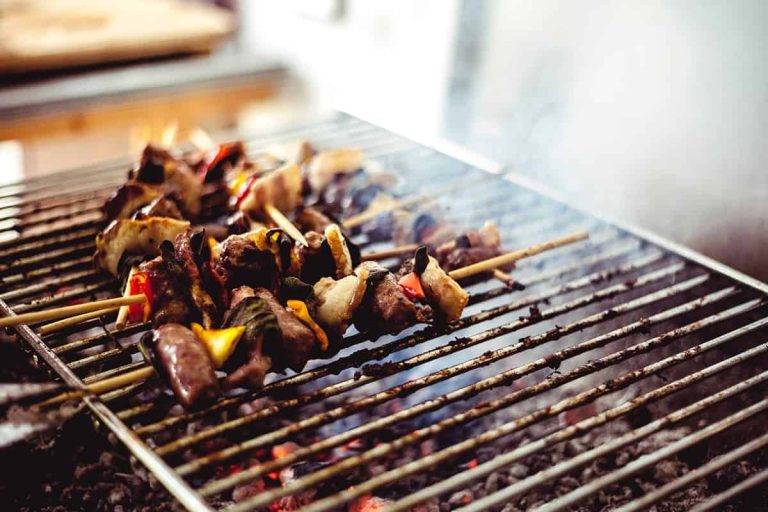
Sed arcu non odio euismod lacinia. Sit amet cursus sit amet dictum sit. Nunc pulvinar sapien et ligula ullamcorper. Pellentesque…